Campagnolo goes disc brake only with new Bora Ultra WTO wheelset
New wheelset from the Italian marque leaves little room for rim brake romanticism

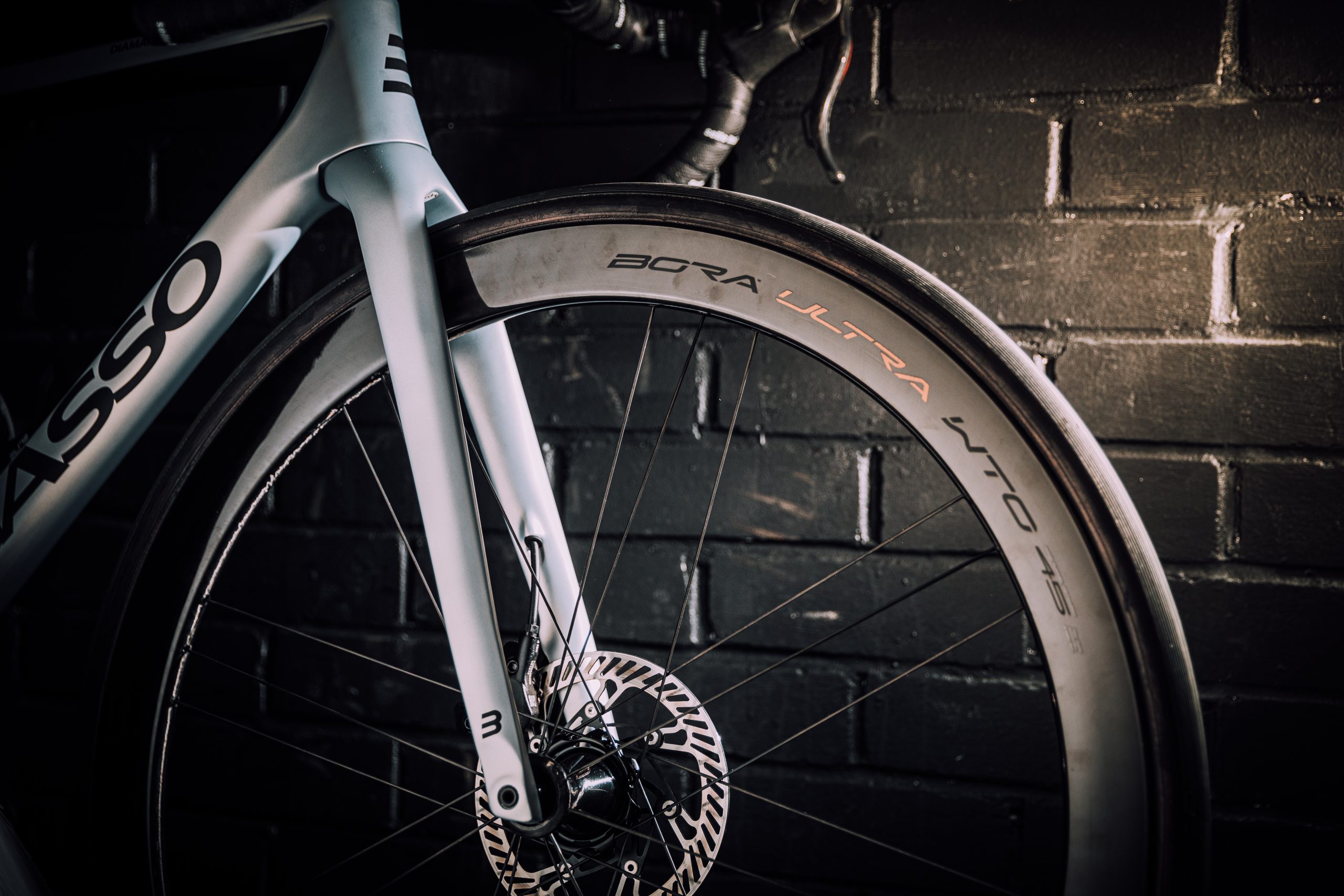
Campagnolo's newest Bora Ultra wheels have been designed for disc brake only groupsets, do not require the use of rim tape with tubeless set ups and feature a new spoke design where the nipple is hidden from view, whilst still allowing for spoke tension adjustment at home.
Campagnolo has been making its Bora wheels since 1994 - but this latest iteration comes with some very modern twists.
Being Campagnolo, the wheels are far from budget. They're available in three rim depths: 33, 45 and 60mm - and retail at €3150/$3585/£2810 a pair.
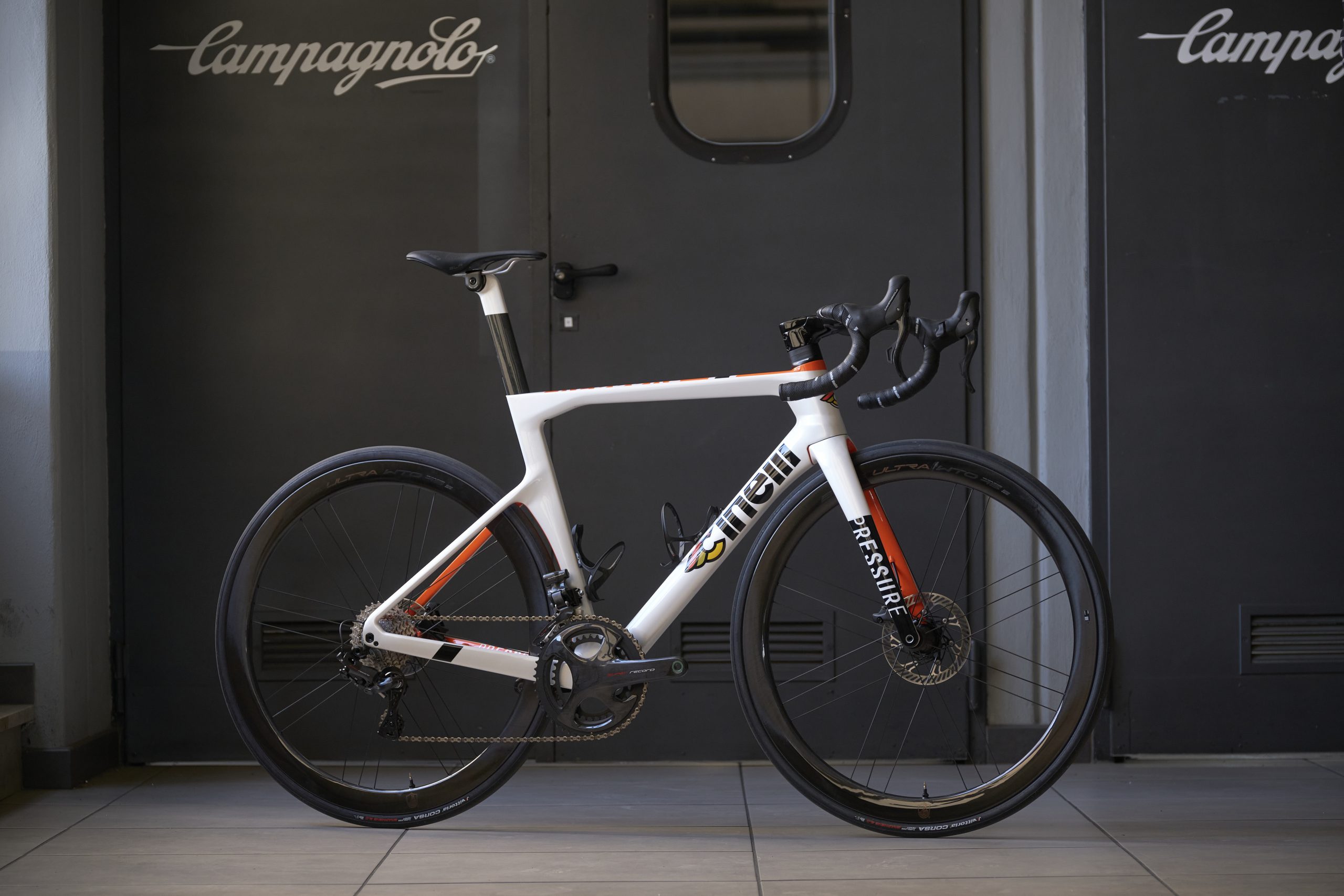
The 33mm option comes with a 21mm internal width, whilst the 45mm and 60mm pairs use a 19mm internal width which has been optimised for the use of 25mm tyres. The jury is out with different brands providing different claims around the ideal rim and tyre combos for aerodynamics - but Campagnolo says it found the narrower internal width aerodynamically faster, going for a wider width on the 33mm option as this allowed for a lower weight due to material choices.
There's a lot to unpack, so let's begin...
Low weight carbon, undrilled rim - with hooks intact
All three options use Campagnolo's 'Hand Made Ultra Light Carbon', with weights at 1385g (33mm), 1425g (45mm) and 1530g (60mm)
The latest race content, interviews, features, reviews and expert buying guides, direct to your inbox!
The 'C-Lux' carbon finish used does not require laquer, which saves weight, whilst the rim bed is undrilled which means that tubeless tyres fit without the need for tape. Of course, clincher tyres are compatible as well.
Campagnolo has not gone down the route of using hookless rims, bucking a trend we've seen with recent releases from the likes of Zipp. Hookless rims allow manufacturers to reduce the weight of the wheel, and they're also cheaper to produce with the saving often passed on to the consumer. However, the European Tyre and Rim Technical Organisation (ETRTO) guidelines mean that the max pressure for hookless rims is still locked in at 72 psi and not all brands allow compatibility with their tyres, with the Continental GP5000 a high profile exclusion; Campagnolo stated the slow movement of the ETRTO guidelines as its reason for eschewing this technology for the time being.
Aero Mo-Mag nipples and G3 spoke lacing
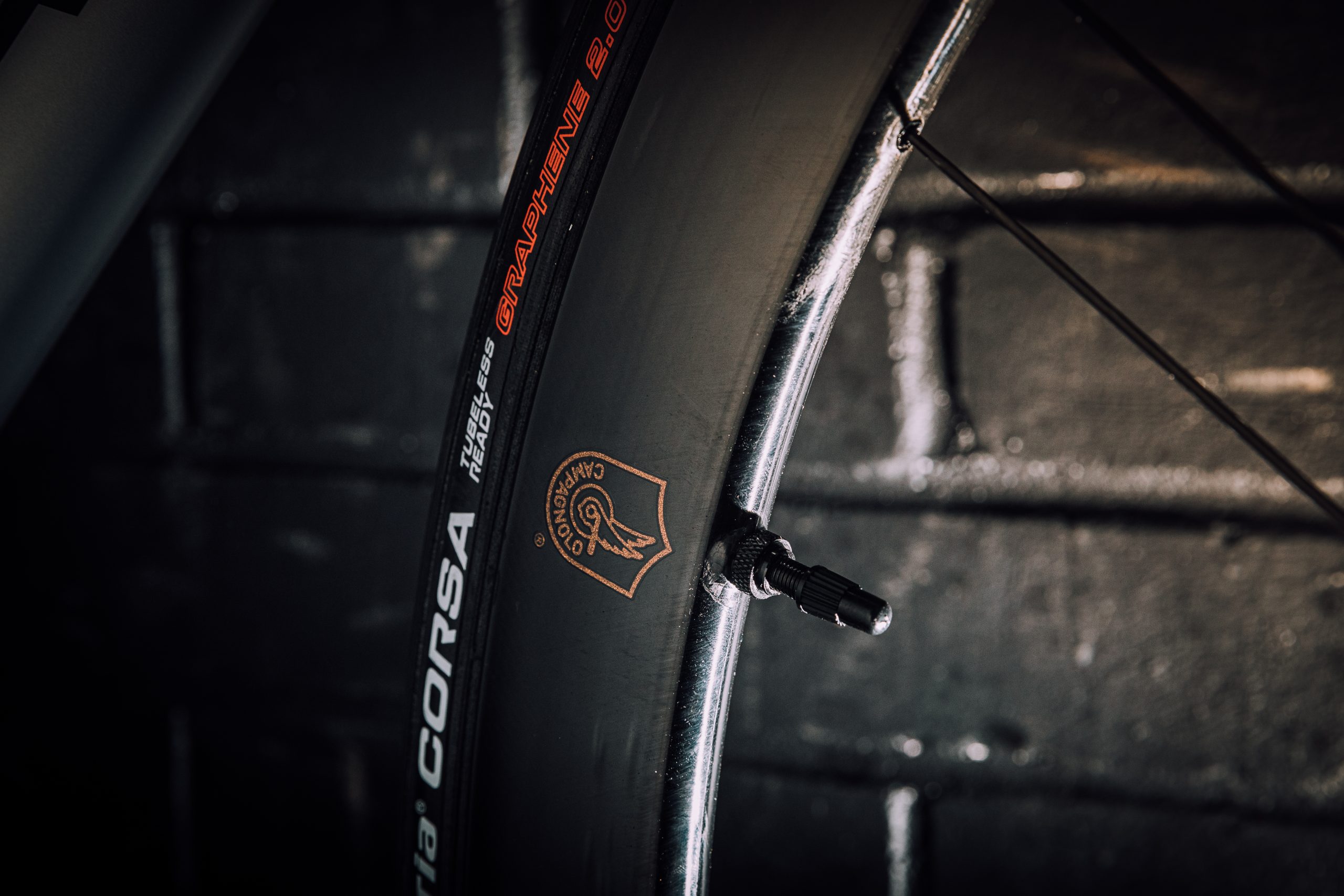
The new nipple design is engineered to offer superior aerodynamics.
Named 'Aero Mo-Mag', this is an evolution of the previous 'Mo-Mag', and Campagnolo has had it patented for three years. The design sees the nipple seat embedded within the rim. Campagnolo did note that the nipple seats/plates are a "nightmare to get inside the rim", but stated that so far they've never had one break. In the event that a breakage did occur, it looks like this would be a warranty job - not something you or your local bike shop could fix.

The process means that the nipples and valve holes can be moulded into the rims, doing away with the need to drill into the carbon and therefore creating a stronger wheelset by reducing localised stress on the carbon - as well as negating the need for rim tape. Glass-fiber reinforced polymer plates between the rim and nipple improve seat angle and alignment, increasing durability.
The spoke tension can still be adjusted, via a tool that is supplied with each wheelset. Campagnolo hasn't listed the aftersale price of this tool. You probably don't want to lose it.
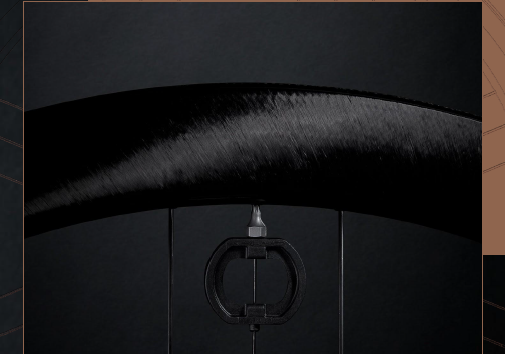
The wheels, of course, use Campagnolo's instantly recognisable asymmetric G3 spoke lacing, which is designed to be stiff under load.
Bora Ultra WTO hubs
The wheels use the Campagnolo's Bora Ultra WTO hubs, with the brand's own Cult ceramic bearings.
The front hub boasts a carbon body, with aluminum at the rear and a 36 tooth pawl ratchet driver body, as standard the wheels use Campagnolo's N3W freehub body (which houses 11, 12 and 13 speed cassettes) but the wheelsets are also available with freehub drivers for Shimano HG or SRAM XDR.
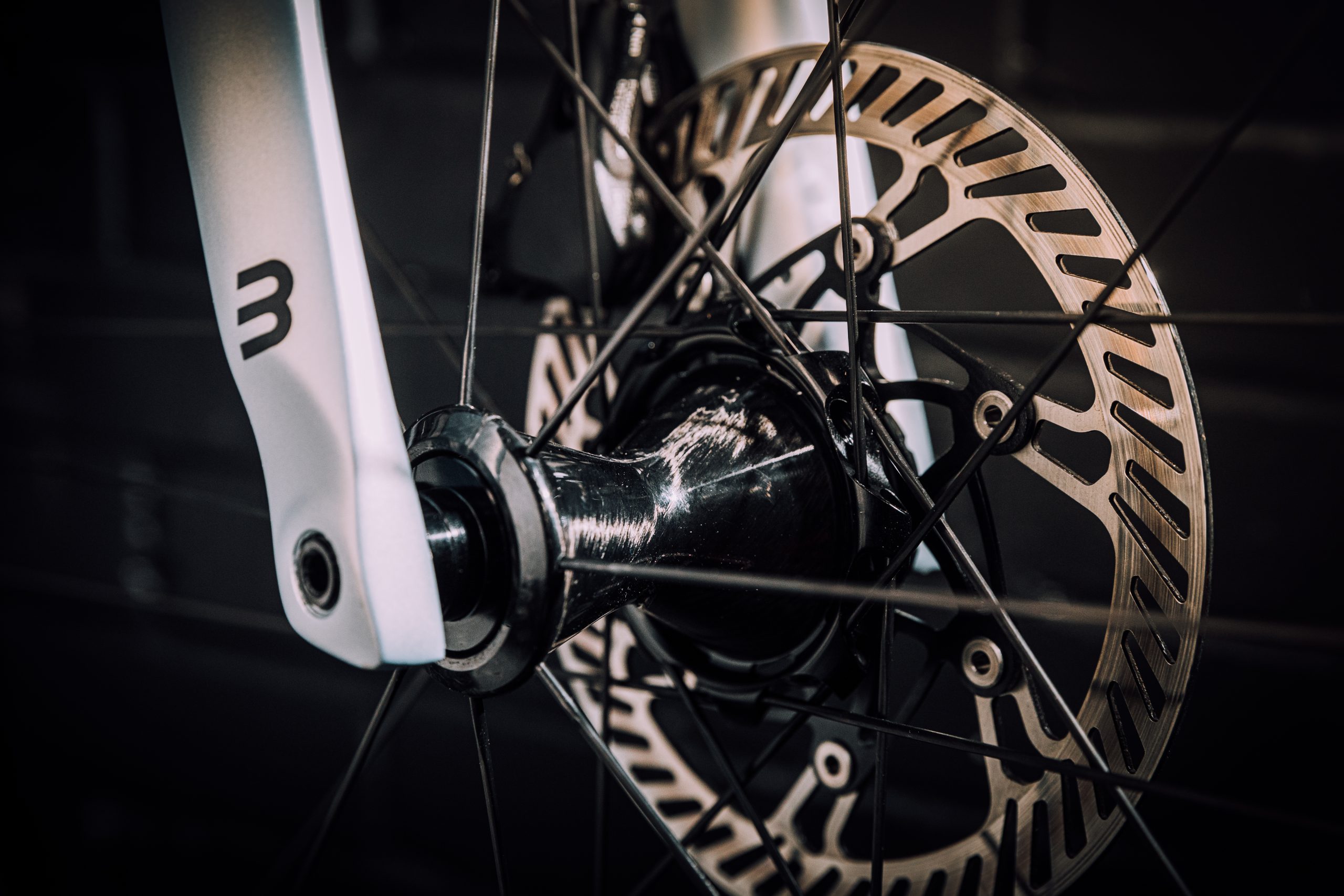
The hubs use a standard 100/142mm thru axle, using the centrelock compatible splined AFS rotor interface.
Of course, ceramic bearings are a must at this price point and Campagnolo claim that these offer 40 per cent less friction when compared with the brand's own standard sealed steel option.
Aero testing
A brand's own wind tunnel test always has to be taken with a pinch (or, an absolutely massive tablespoon full) of salt, since we don't have the full details on the protocols used.

However, Campagnolo's data showed the 45mm wheeset's performance against Swiss Side's Hadron 45, with less than five watts difference - positive and negative - across a range of yaw angles. Swiss Side does carry out testing and development for external brands so are considered a reputable comparison.
We say...
A pair of Campagnolo's new Bora Ultra wheels arrived at Cycling Weekly headquarters days ago, in time for pictures, but not in time to collect the bike and test them before launch day.
The tech specs show them to be a luxury set of hoops for the cyclist looking to invest in the premium end of the market. The carbon wheel market has become crowded of late, with quite a few brands offering similar weight and aero performance at a lower price point. Campagnolo's price point sets them well in excess of the competition. Does the history, attention to detail, and brand kudos warrant the price tag? Well, stay tuned for the review.
Michelle Arthurs-Brennan the Editor of Cycling Weekly website. An NCTJ qualified traditional journalist by trade, Michelle began her career working for local newspapers. She's worked within the cycling industry since 2012, and joined the Cycling Weekly team in 2017, having previously been Editor at Total Women's Cycling. Prior to welcoming her first daughter in 2022, Michelle raced on the road, track, and in time trials, and still rides as much as she can - albeit a fair proportion indoors, for now.
Michelle is on maternity leave from April 2025 until spring 2026.
